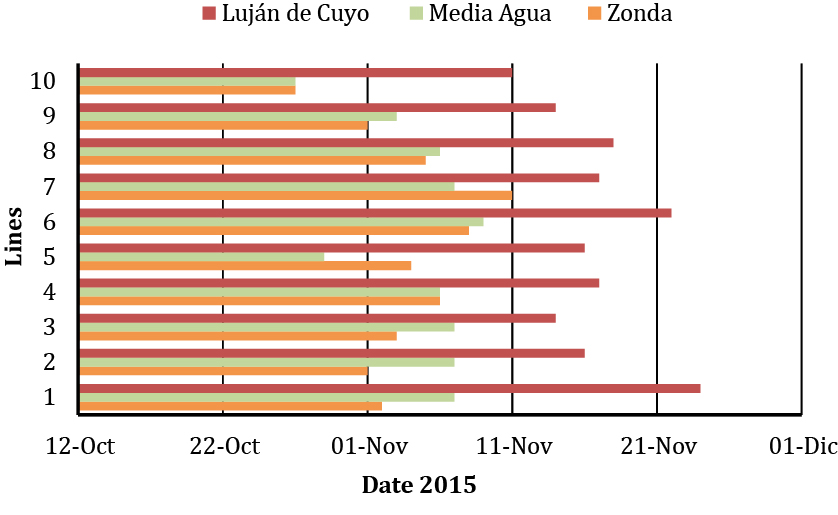Effect of environmental factors on bee activity and onion (Allium cepa L.) seed yield
Keywords:
Allium cepa L., seed production, pollination, Apis mellifera L.Abstract
Pollinators are required to produce onion seeds. This specie is one of the main vegetable crops. Two types of onion varieties are mainly grown worldwide: hybrids and open pollination (OP) cultivars. Although hybrids offer advantages to bulb growers, seed yields of hybrids are lower than OP cultivars and that is a significant problem. The influence of environmental factors (temperature, radiation, rainfall, relative humidity (RH) and wind speed) was determined, as well as bee attraction and seed production in three locations of the main onion seed production area in Argentina. Nine male sterile lines (MSL) and one OP were used. The results obtained showed a marked variability in the attraction of bees and seed production between the OP and MSL and within MLS. In addition, environmental factors such as minimun temperature or RH were determinant to modify bee foraging behavior, where values lower than 9ºC and 22%, respectively, caused that bees stop their activity.

Downloads
Published
Issue
Section
License
Aquellos autores/as que tengan publicaciones con esta revista, aceptan las Políticas Editoriales.


